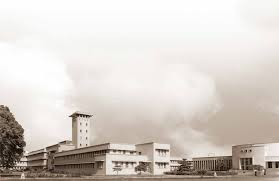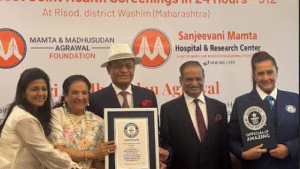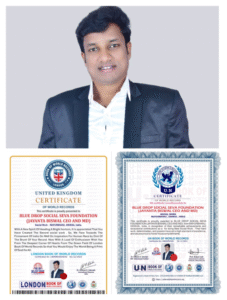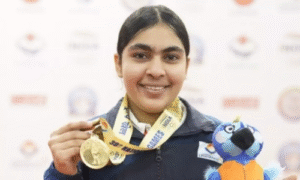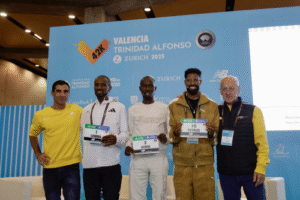S.N. Ekbote and A.V. Narlikar from the National Physical Laboratory (NPL), New Delhi, proposed a new theory of superconductivity that challenged the then-accepted Bardeen-Cooper-Schrieffer (BCS) theory, which had won the Nobel Prize in Physics in 1972.
They predicted the existence of ‘hot’ superconductors, which could exhibit superconductivity at temperatures much higher than those explained by the BCS theory.
Their theory suggested that superconductivity could occur in materials with strong electron correlations, differing from the conventional understanding at the time.
This was a radical idea, as most physicists then believed superconductivity was only possible at very low temperatures.
Their theoretical work laid the foundation for the later discovery of high-temperature superconductors (HTS) in 1986 by Georg Bednorz and K. Alex Müller, who won the Nobel Prize in Physics in 1987 for their discovery.
It helped in developing new materials for superconductors, which are now used in medical imaging (MRI), energy transmission, and quantum computing.
Their pioneering work is a testament to India’s contributions to fundamental physics, even before the official discovery of high-temperature superconductors.
